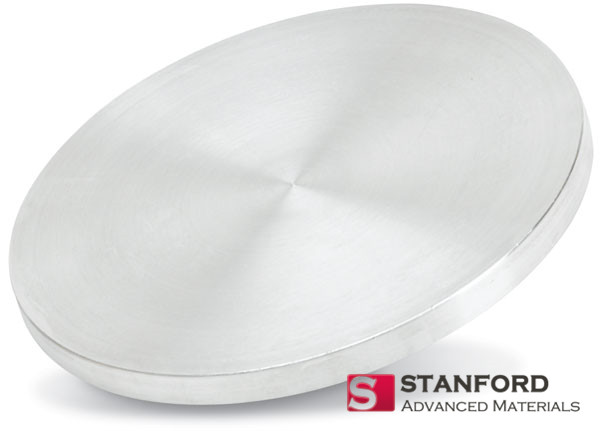
Manganese from 1 to 1.5% makes the steel strong and tough to withstand severe duty but manganese content from 1.5 to 5% renders the steel hard and brittle.ī. It may be used for shafts, springs, gears and drop forged parts. Steel with C = 0.15% to 1.1%, Cr = 0.5 to 1.5% and V 0.15 to 0.3% has high tensile strength, elastic limit, endurance limit and ductility.Ģ. Vanadium makes the steel strong and more ductile.ĭ. When vanadium is added upto 0.25% the elastic limit of the steel is raised by 50%, becomes exceedingly tough and can resist high alternating stresses and severe shocks.Ĭ. Addition of vanadium even in small proportion to an ordinary low carbon steel considerably raises its elastic limit and improves the fatigue resistance property.ī.
#CHROMIUM VANADIUM FULL#
The full effect of nickel on the endurance ratio, however, is quenching and tempering. The addition of nickel to annealed carbon steel apparently strengthens the ferrite, with the result that the endurance ratio is raised. Nickel tends to retard the grain growth in steel, resulting in a wide range of heating, without damage to the steel, or it may be maintained above the critical range for long periods of time without great damage. Invar (Ni = 36%) and super-invar (Ni = 31%) are the popular materials for least co-efficient of expansion and are used for measuring instruments, surveyor tapes and clock pendulums. Nickel containing 3.5% nickel and 0.15% to 0.45% carbon has good ductility, high elastic ratio and resistance to fatigue. If nickel is present upto 27% it makes the steel non-magnetic and noncorrodible.Į. Steel containing 20% nickel has very high tensile strength.ĭ. Nickel from 3 to 5% raises elastic limit and improves toughness.Ĭ. The percentage of nickel varies from 2 to 40.ī. Chrome-vanadium steels are used where great strength, toughness and resistance to fatigue are required such as axles and shafts of aeroplanes, automobiles and locomotives. Vanadium is distributed both between the ferrite and the carbide involving both Cr intensifies the effect of V more than that of Ni.ī. It helps in producing cleaner steel because of the deoxidizing action. Even such a small amount of V has a marked effect on the properties of steel. These steels usually contain 0.8 to 1.1% Cr, 0.25 to 0.33 C and less than 0.25% V. These steels are poor conductors of heat and electricity. The percentage of carbon in these steels is kept upto 0.5.Į.


They have high resistance to corrosion and may be cold or hot worked, pressed welded, brazed or soldered.ĭ. Small quantity of copper, tungsten and molybdenum is also added to these steels.Ĭ. They have varieties due to the varying contents of chromium and nickel respectively, e.g., 18 : 8, 12 : 2 and 18 : 9 (called stay bride). These steels are non-magnetic and cannot be hardened.ī. Out of this group the former has C = 0.8% and Cr = 12 to 20%, whilst the latter has C = 0.1 to 0.2% Cr = 12 to 20% and Ni = 2%.Ī. (i) Plain Chromium and High Chromium Low Nickel Steel:Ī. Plain chromium and high chromium low nickel steel. The stainless steels are classified in two groups:ġ. These steels are hardened and tempered to give a Brinell hardness of about 450.Įmployed for the manufacture of railway and road springs generally. They are used for volute and helical springs.ī. These steels are oil quenched and tempered at a low temperature.


They are widely used for laminated springs for railway and general purposes.ī. These steels are quenched and tempered to give a Brinell hardness of about 350. They are close competitors to carbides for metal cutting-tool material such as drills, reamers, milling cutters etc. In addition to heat resistance, high speed steels have the desirable properties of high hardness, high compressive strength and outstanding wear resistance. Another class of high speed steel contains a lower percentage of tungsten, this being compensated by the addition of molybdenum steel of this type is being increasingly used today.ĭ. Cobalt is often added to 18:4:1 and 18:4:2 steels as it improves the red hardness and cutting ability from 5 to 10% is used.Ĭ. This alloy is termed as 18:4:1 while an increase of vanadium to 2% produces 18:4:2 steels. A common analysis is 18% tungsten, 4% chromium and 1% vanadium with a carbon content of 0.6 to 0.7%. This alloying produces metals which remain hard at temperatures at which normal steels become quite soft. These steels are obtained by alloying tungsten, chromium, vanadium, cobalt and molybdenum with steel.


 0 kommentar(er)
0 kommentar(er)
